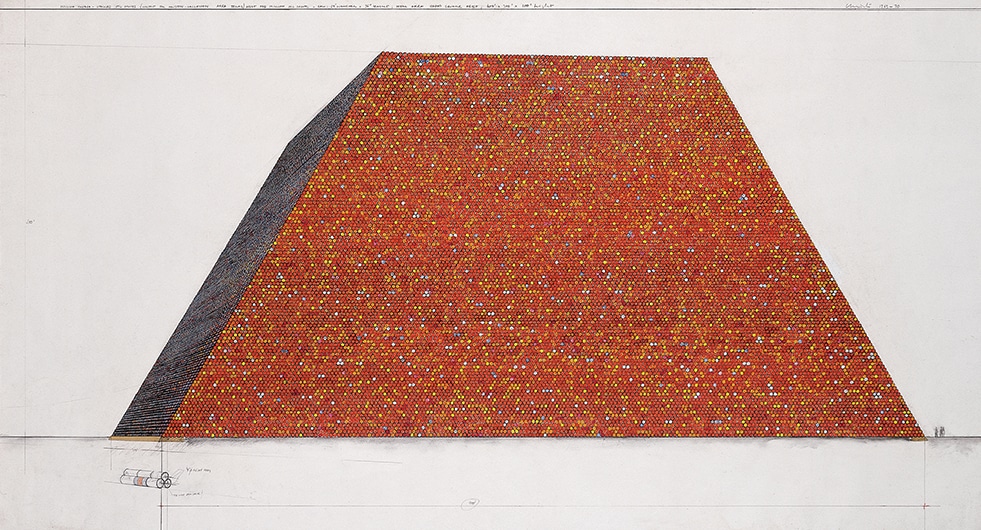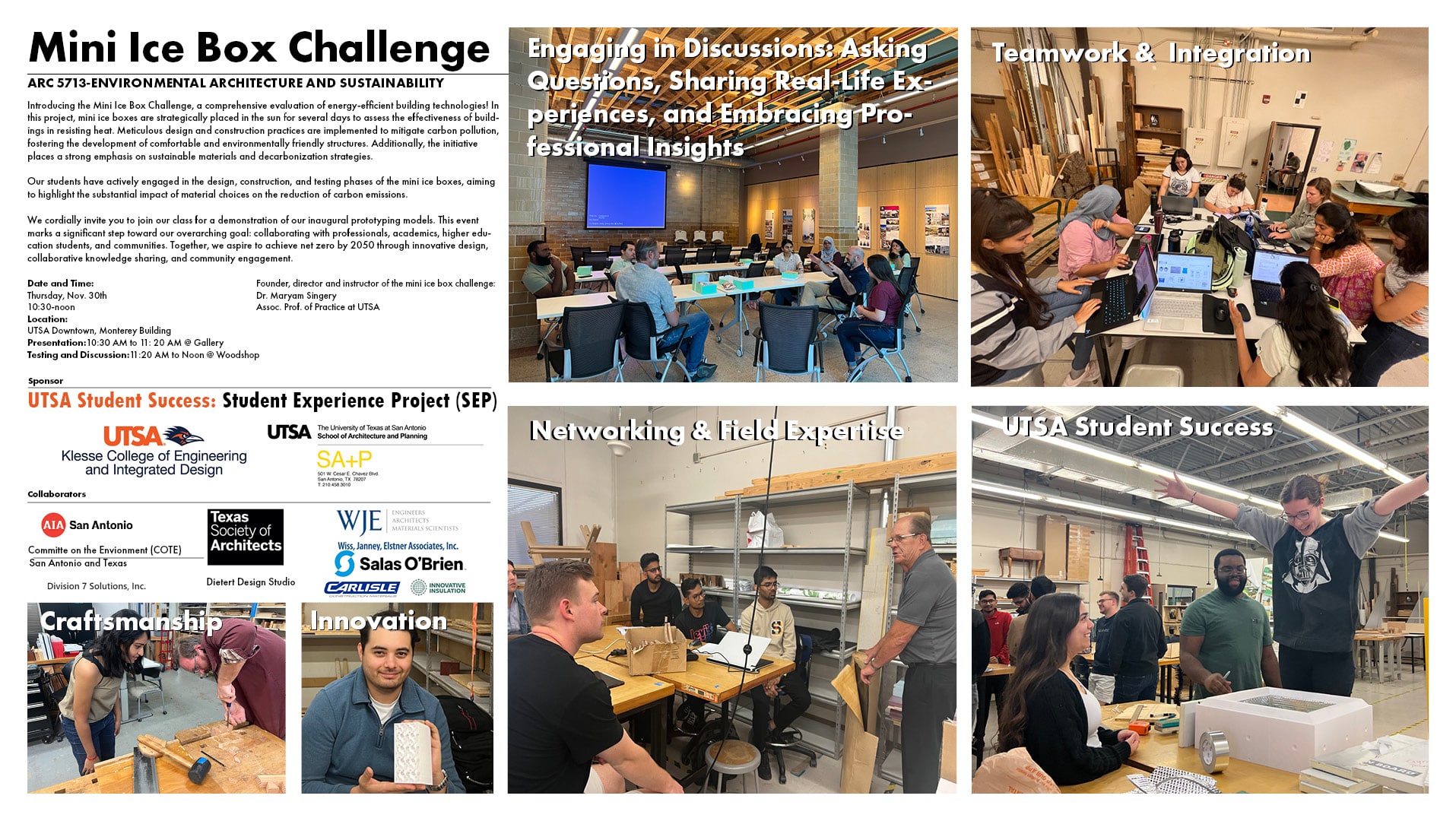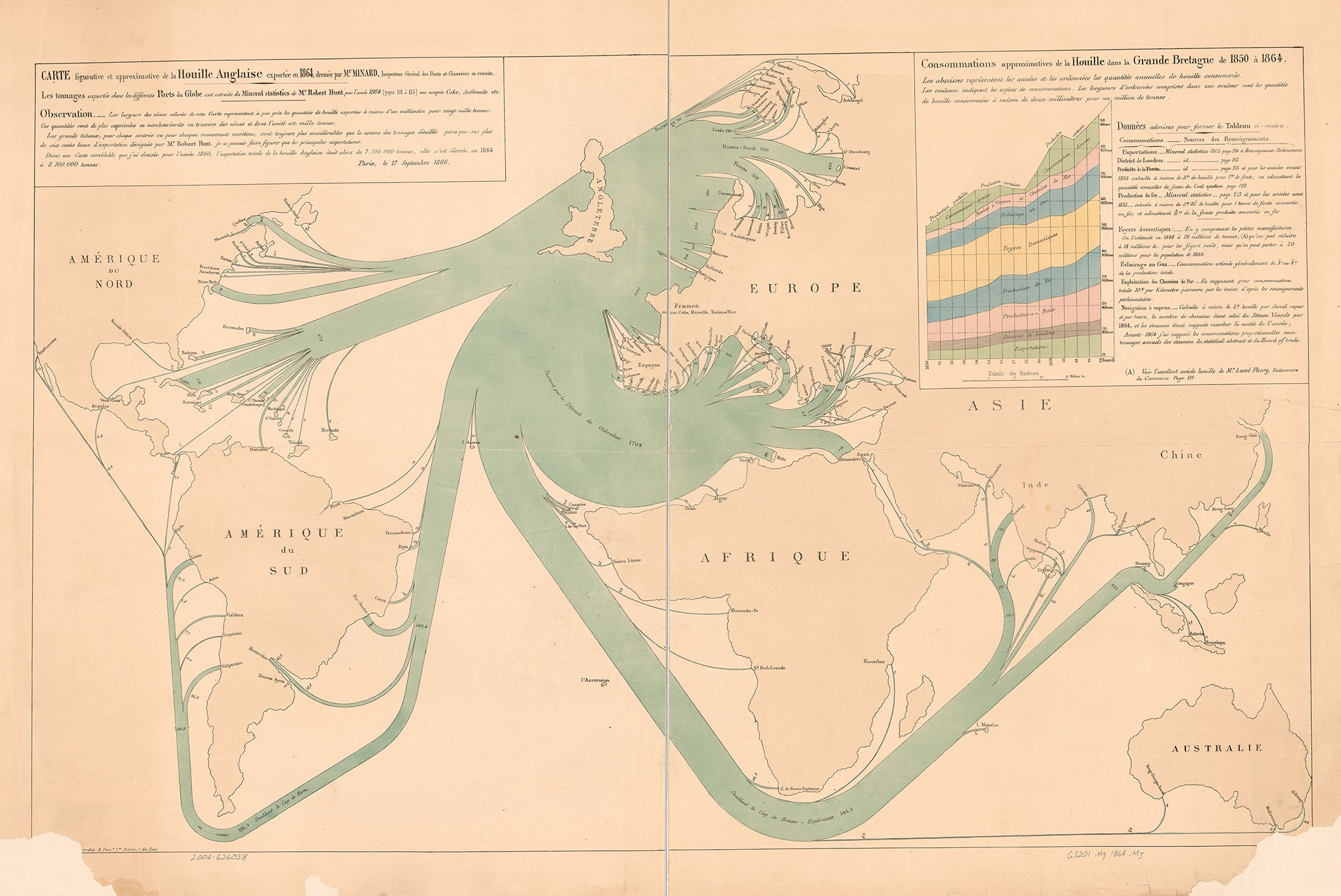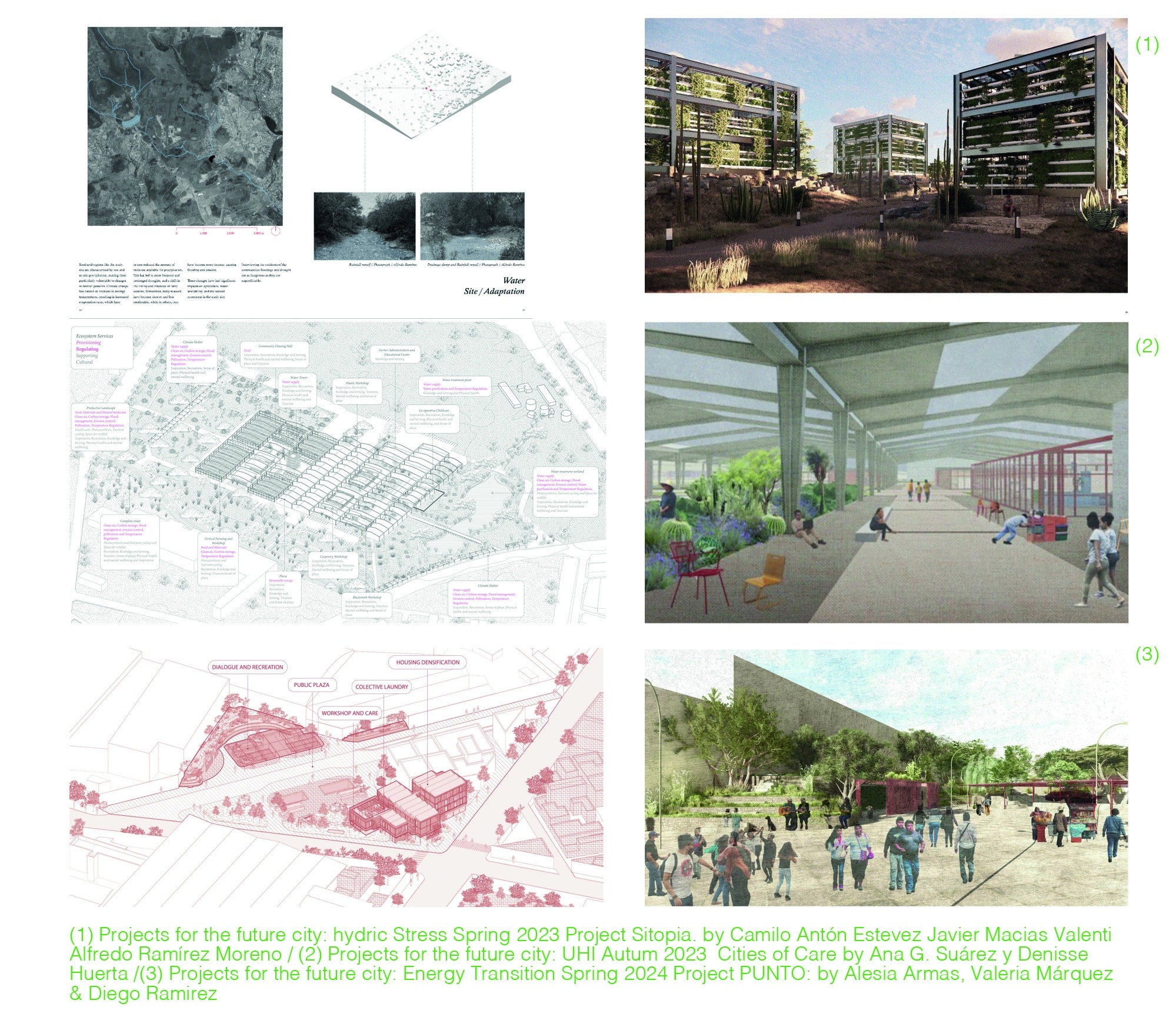2025 Winners
2025 Course Development Prize Winners
in Architecture, Climate Change, and Society
A course proposal competition by Columbia University’s Temple Hoyne Buell Center for the Study of American Architecture and the ACSA.
2025 Course Development Prize Winners
Overview
Columbia University’s Temple Hoyne Buell Center for the Study of American Architecture and the Association of Collegiate Schools of Architecture (ACSA) announce the winners of the 2025 Course Development Prize in Architecture, Climate Change, and Society. These innovative courses will be taught at ACSA member schools across the world in the coming years.
The jury selected two courses to receive a cash prize and support to lead their course at their host institution within the next two years. In addition the jury selected three courses to receive an honorable mention.
Category I: Full Course
Carbon Budget Zero | Climate Positive
Sonsoles Vela
Tulane University
The research studio sets out with a bold aim: to use embodied and operational carbon as design parameters in new or stock-built environments, paving the way for constructing buildings and cities with a zero-carbon footprint. This approach integrates carbon footprint as the primary performance measure and promises a sustainable future.
At the heart of the research is a central question: “How can design be developed to achieve a zero-carbon budget?” This inquiry shapes the research agenda and envisions a future where carbon neutrality is the standard.
The exploration is twofold, enabling a thorough investigation of the topic. On one side, the studio focuses on operational carbon actions, examining both passive and active strategies along with renewable energy systems to enhance efficiency and reduce operational emissions. On the other side, it delves into embodied carbon actions, emphasizing low-carbon materials and innovative methods that align with the natural carbon cycle. This involves reimagining design approaches by prioritizing the principles of reuse, reduction, and sequestration and considering materials as strategies for carbon storage while exploring alternatives to conventional building materials.
The course will explore questions related to climate adaptation across three iterations, each focusing on a distinct climate zone. The first iteration will concentrate on the Southeast climate, with the theme “Reimagining New Neighborhoods as a Carbon Bank.” The second will address the Northeast climate, titled “Envisioning Adaptive Use as a Supportive Carbon Bank,” while also examining the limitations of adaptive reuse and emphasizing human-centric design. The final iteration will focus on the Pacific Southwest climate, titled “Transforming Adaptive Use and New Additions in Key Areas into a Carbon Bank.” Each phase of the research will identify a specific location where opportunities for new development, adaptations, or hybrid models can be explored, demonstrating the practical application of the research in real-world contexts.

Category II: Course Component
Plastic Marsh: Cycles and Cyclones on the Texas Gulf Coast
Daniel Jacobs
University of Houston

Mini Ice-Box Challenge
Maryam Singery
University of Texas at San Antonio
The Mini Ice Box Challenge (MIBC) is a competitive, hands-on learning initiative focusing on sustainable and energy-efficient design, which can be a major contributor to decarbonization. Students engage in the crucial intersections of climate change, environmental justice, and social responsibility within the built environment. The course integrates architectural principles with hands-on building and testing, focusing on passive design strategies and enhancing the understanding of thermal insulation and air-tightness in improving building energy efficiency. Students will explore and apply sustainable design principles, implement passive solutions, assess material suitability for energy efficiency and sustainability, and demonstrate a deep understanding of construction assemblies and craftsmanship. They will analyze real-world applications, utilize simulation tools, and collaborate, integrating diverse perspectives and comparing design approaches through data analysis.
The MIBC is structured into five phases: Foundations, Exploration, Construction, Performance, and Evaluation & Competition. Students conduct research, engage with wall and roof assembly material manufacturers, build prototypes, test their performance concerning energy efficiency, and compete in an ice melt challenge. Assessment is based on research, design innovation, construction quality, testing, teamwork, and documentation. The MIBC promotes innovation, sustainability, social equity, and community engagement, empowering students to become leaders in sustainable design.

Image credit: Charles Joseph Minard, Carte figurative et approximative de la houille Anglaise exportée en 1864 [Figurative and Approximate Map of the Coal Exported from England in 1864] (1864), G3201.H9 1864 .M5, Library of Congress Geography and Map Division Washington, D.C.
https://www.loc.gov/item/
Fossil Space
Aleksandr Bierig
University of Toronto
This seminar considers the history of spaces made by and for fossil fuels: their extraction, their transportation, their consumption, and their waste. Our investigation ranges from the fundamental material considerations of mining and distributing subterranean fuels to the broadest consequences of their use on human culture: the compression of space and time, the creation of ever greater scales of circulation, the politics of energy abundance, and the present global climate crisis, precipitated in large part by their use. We will aim, in other words, to follow the fuel.
If today it can seem as if almost everything in modern society can be linked to fossil fuels, in this course we will sharpen our focus by considering a moment before their triumph, emphasizing the rise of coal use in the nineteenth century. Our motivating hypothesis is that coal’s energetic logic—its dense and concentrated power—produced a corresponding set of spatial logics: fossil space intimated dreams of an environmental monoculture, a homogeneous space where all places might be made the same. And yet its distribution has always been highly uneven. In its drive towards boundlessness, fossil space also produces costs, frictions, exclusions, and dislocations that reinscribe the limits to its expansion.

Projects for the Future City: Urban Climate-Responsive Design
Diana García Cejudo & Rodrigo Pantoja Calderón
Tecnológico de Monterrey, Querétaro campus
Climate change disproportionately impacts marginalized and vulnerable populations, particularly in the Global South, exacerbating food and water insecurity, health challenges, and socioeconomic instability. This course, Projects for the Future City, addresses these challenges by investigating climate justice through urban design interventions, focusing on Querétaro, Mexico—a city facing rapid urbanization, resource depletion, and environmental degradation. Using a “research by design” methodology, the studio integrates critical thinking, transdisciplinary collaboration, and community engagement to tackle issues like hydric stress, soil degradation, urban heat islands, and energy transitions.
The methodology unfolds in four phases: (1) agenda-setting, where climate design themes are framed; (2) territorialization, involving data collection and mapping to identify critical areas; (3) future visioning, defining strategic frameworks and desirable conditions for interventions; and (4) spatial design, translating strategies into tangible architectural and urban projects. Tools such as GIS mapping, ethnographic methods, and visioning exercises support these stages.
Over two years, the studio has produced over 50 projects addressing climate resilience, contributing to international discussions and collaborations with institutions in Mexico, Chile, and the United States. Future outcomes include a publication and exhibition aiming to amplify the role of climate-responsive urban design in addressing systemic inequalities and fostering sustainable futures.
Are you interested in joining a network of faculty teaching:
Architecture, Climate Change, and Society?
Temple Hoyne Buell Center for the Study of American Architecture
Columbia University’s Temple Hoyne Buell Center for the Study of American Architecture was founded in 1982. Its mission is to advance the interdisciplinary study of American architecture, urbanism, and landscape. A separately endowed entity within the Graduate School of Architecture, Planning, and Preservation, it sponsors research projects, workshops, public programs, publications, and awards. In recent years, the Center has convened conversations among overlapping constituencies, including academics, students, professionals, and members of the general public. The Buell Center’s research and programming articulate facts and frameworks that modify key assumptions governing architectural scholarship and practice.
This prize was begun as part of a Buell Center project entitled “Power: Infrastructure in America,“ which examined the intersections of climate, infrastructure, and architecture. It is being continued in the current project on Architecture and Land in and out of the Americas, which addresses the topic of land in its historical significance and contemporary relevance. This plural, Americas, helps expand the Center’s mission in two ways: by connecting building practices across the Western Hemisphere, and by recognizing that there are several Americas within the United States. The project has involved lecture series, as well as an exhibition design, “100 links” and research booklet that are currently on view at the Chicago Architecture Biennial.
Association of Collegiate Schools of Architecture
The mission of the Association of Collegiate Schools of Architecture is to lead architectural education and research.
Founded in 1912 by 10 charter members, ACSA is a 501(c)(3) nonprofit association of over 200 member schools in several categories. These include full membership for all accredited programs in the United States and government-sanctioned schools in Canada, candidate membership for schools seeking accreditation, and affiliate membership for schools for two-year and international programs. Through these schools, over 5,000 architecture faculty are represented.
ACSA, unique in its representative role for schools of architecture, provides a forum for ideas on the leading edge of architectural thought. Issues that will affect the architectural profession in the future are being examined today in ACSA member schools. The association maintains a variety of activities that influence, communicate, and record important issues. Such endeavors include scholarly meetings, workshops, publications, awards and competition programs, support for architectural research, policy development, and liaison with allied organizations.
ACSA seeks to empower faculty and schools to educate increasingly diverse students, expand disciplinary impacts, and create knowledge for the advancement of architecture.


 Study Architecture
Study Architecture  ProPEL
ProPEL 

